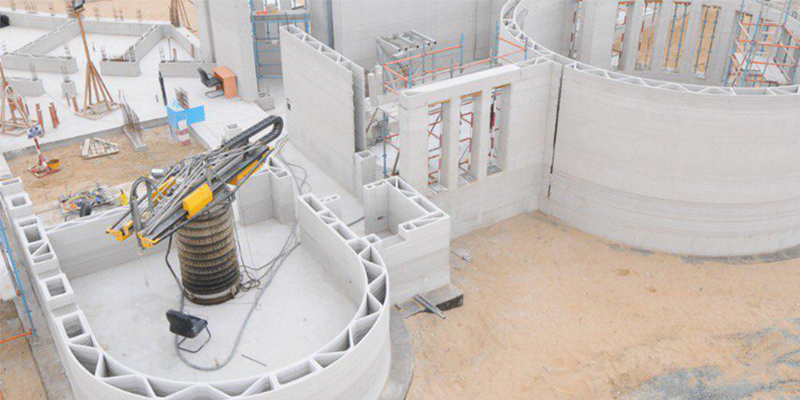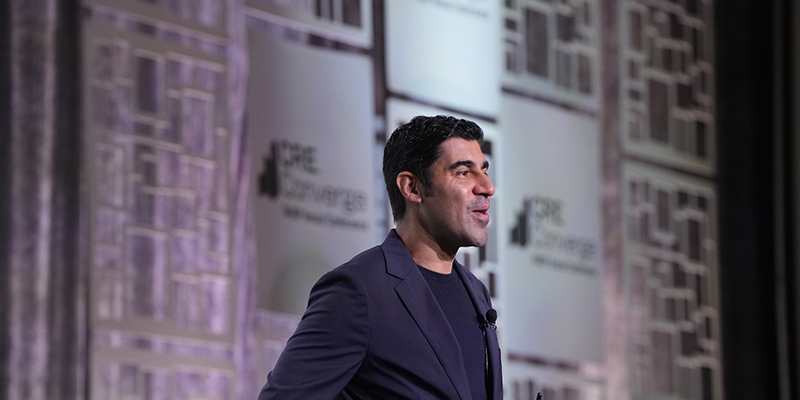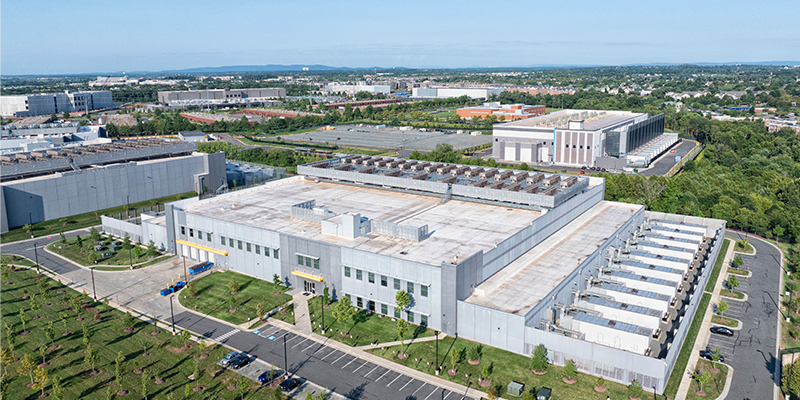Despite its traditional roots, construction has started to transform into a digital industry. Building information modeling, geospatial technologies, prefabrication and modular construction, drone services, augmented-reality wearables and other technologies are increasingly becoming a larger and more crucial part of successful, efficient, profitable construction projects.
“An Overview of Emerging Construction Technologies,” a NAIOP Research Foundation report, details the recent advances and new horizons in construction technology. Authors Andrew McCoy, Ph.D., a professor in the Department of Building Construction at Virginia Tech, and Armin Yeganeh, Ph.D., a postdoctoral fellow at Virginia Tech, talked to NAIOP about what these technology advances mean for construction firms and commercial real estate companies.
Your report acknowledges that construction has historically lagged behind some other industries in technology adoption. What is compelling construction companies to adopt new technologies now?
McCoy: Right now adoption is being driven by a combination of things. We have a labor shortage, a materials shortage and a crisis in the supply chain. Conditions are primed for people to say, “We can’t do it the way we used to.” We are hearing people say, “We can’t stick build anymore.” So I think you are going to see rapid change. People are going to embrace technology, especially off-site technology. It’s already happening with mechanical contractors. They can come in and do a laser scan of the facility, then go back into their model, and prefabricate every piece of ductwork so that it shows up at a jobsite in pallets that say exactly where everything goes.
Yeganeh: Recent increases in industry and project complexity, competition, labor shortages and supply-chain constraints have put pressure on construction company profitability. Future industry challenges in project and supply-chain management will require the adoption of innovative technologies. Dedicating more resources to standardization, digitization, automation and off-site construction allows for higher levels of control over industry cycles, increasing organizational resilience and opportunities for profitability.
One technology that has gotten broad adoption is Building Information Modelling (BIM). What benefits could project teams and owners realize by expanding their use of BIM?
Yeganeh: BIM is the most prevalent technology to emerge in the past 20 years and continues to be the most promising development in the industry. BIM will likely be the hub of the new information infrastructure to facilitate many aspects of building design, construction management and facilities operations, including 3D visualization, design coordination, clash detection, value engineering, constructability review and analysis, and building performance analysis. BIM can reduce information asymmetry, a constant problem for project owners, through greater transparency and access. It also provides proven economic benefits through feasibility analysis and clash detection, design validation, delay prevention, collaboration, real-time phasing and coordination among project stakeholders.
How much can prudent technology adoption impact the efficiency and cost of construction projects?
McCoy: Through Virginia Tech, we are building the first affordable 3D printed concrete house right now in Richmond, Virginia. We are seeing a 10% decrease in the cost of building the house based on what would have been a standard comparison in the past. If you add in the inflated lumber cost currently, the savings are even greater. Off-site construction is producing about the same 10% savings. Sometimes those savings are in immediate, direct costs. Sometimes the savings are generated because you are able to decrease the schedule by four months, and therefore, you reduce the burden of financing the project. You have to look at the entire supply chain and the entire process and see where you are saving money compared to what you traditionally would have done.
Yeganeh: Per Modular Building Institute data, the North American commercial market share of permanent modular construction increased from 2.43% in 2015 to 3.67% in 2018. Off-site construction increasingly serves the need for rapid deployment of high-quality, efficient units that can be quickly operationalized with benefits including reduced labor costs, bulk savings, industrialization discounts, improved quality control and cost savings. The controlled environment, factory wages, safety and training can reduce project costs. Off-site construction builders with sophisticated procurement systems can also benefit from bulk savings through delivery, warehousing and material storage.
For a general contractor, what technologies should they be prioritizing to adopt in the next few years?
McCoy: If they are doing large, open field, greenfield or brownfield developments, then drone technologies will be really good for them. If they are doing developments that are in crowded sites, in cities, then off-site construction is going to become critical to them. If they are building facilities that could switch to different structures, concrete construction using 3D printing technology may be something they could consider adopting.
For commercial real estate developers, what are a couple of construction technologies that they should be looking at more seriously and trying to include in their future projects?
Yeganeh: Surveys from 2020 indicate that 50-75% of construction professionals in the U.S. are currently using some form of advanced technology, such as mass timber, additive manufacturing (AM), robotics, autonomous construction vehicles, unmanned aerial vehicles (i.e., drones), or augmented or virtual reality. These state-of-the-art technologies can reduce costs and increase productivity on construction sites. Digital management systems, the Internet of Things (IoT), AI, machine learning, digital twin technology and computer vision are examples of digital technologies that remain in the early stages of development. However, construction firms that are willing to adopt a comprehensive digital strategy could soon integrate these technologies.
Beyond the initial construction of a building, what benefits can these construction technologies provide to a building owner as they operate the facility?
McCoy: We are going to see all sorts of systems that can have a life cycle beyond the initial construction. If we use digital modeling and digital manufacturing to create the initial asset, that will generate valuable information we can use in operations. There is this concept of a digital twin. We highlighted a Virginia Tech colleague in the report who is working to create a monitoring system that is the size of a cell phone. Sensors can be placed strategically around a building to monitor air quality, heat, movement, sound, moisture readings, vibrations that could be seismic, all kinds of things. That information can be attached to the digital twin so you can quickly understand how the building is performing in all sorts of areas and you can anticipate or prevent maintenance issues. Over the long term, that allows you to manage the asset better with lower risk. You could even possibly guarantee a tenant a certain level of energy use or air quality. Those capabilities are becoming more valuable. They could demonstrate the superior quality of your building and help attract customers.








